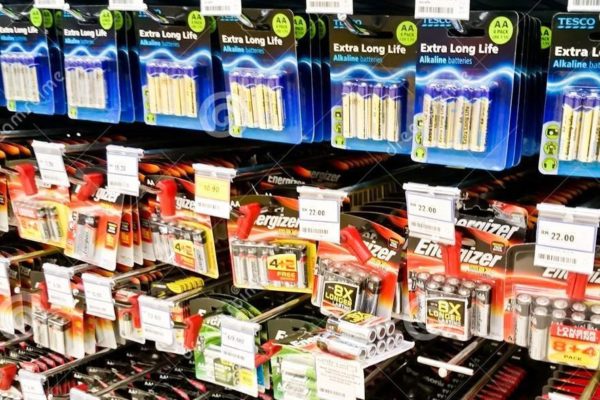Alkaline batteries are disposable batteries with zinc and manganese dioxide as electrodes. The alkaline electrolyte used is either potassium or sodium hydroxide. These batteries have a steady voltage offering better energy density and leakage resistance than carbon zinc batteries. This is mainly due to the manganese dioxide anode material, which is purer and denser, thereby reducing the space taken up by internal components.
The alkaline batteries come in various sizes ranging from AAA to AA, C, D, 9 V and others. AAA and AA are suited for low-drain applications whereas AA is used for high-drain applications. C, D and 9 V are suited for high-drain applications as well. Others include micro alkaline button cells, coin cells, AAAA and the like. AA is the most widely used alkaline battery cell size, while the AAA size is the fastest growing. Size C, D and 9 V are used for specific applications which have steady demand. However, other sizes such as micro alkaline coin cells and button cells are used in few industrial and medical applications





